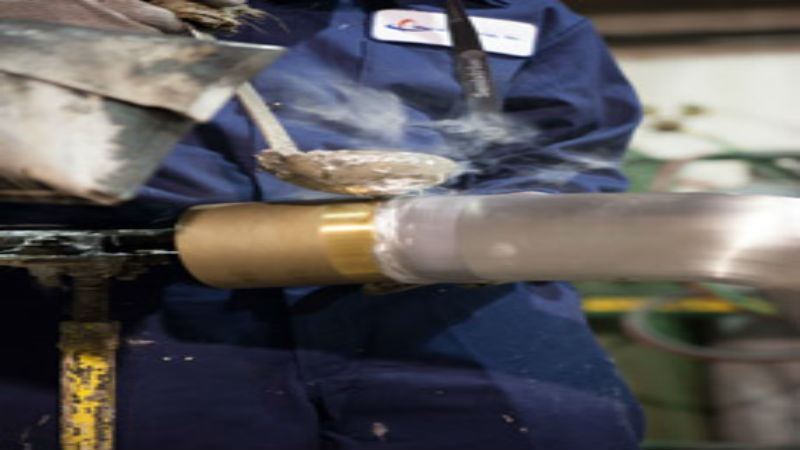In medical and dental offices, in research and testing facilities and in different industrial areas, providing protection from radiation is critical for the health of both employees and visitors.
Design Considerations
For these types of applications, lead lined plywood is a highly beneficial type of construction material. It can be designed to meet the specific needs for the construction project, or it can be sold in the standard four by eight foot sheets.
Different thicknesses of plywood and lead sheet will accommodate the type of radiation in use. The thicker the lead sheet and plywood the heavier the material will be, which needs to be considered in room design and support.
The sheeting on the back of the plywood has to be unpierced to provide full radiation protection. It attaches to the metal studs of the wall with a batten strip for a solid, secure and complete level of protection. If there is a need to penetrate the lead sheet, it will be essential to provide additional lead shielding to eliminate any potential areas where radiation leaks could occur.
Construction Considerations
When completing cutouts, lead lined plywood still makes an excellent choice. Additionally, lead sheeting can be used to overlap the lead lining of the plywood and sheeting, creating a complete and unpenetrated surface. Lead beads can also be used to fill in gaps or areas where there may be a space between the lead lined plywood and any other surface.
It is important to use protective clothing and all safety measures when working with any lead products. Basic safety clothing, shoes and procedures should always be in place. This includes signs indicating that lead products are in use must be posted, and only trained individuals should handle, work with or remove debris of any lead lined materials.


